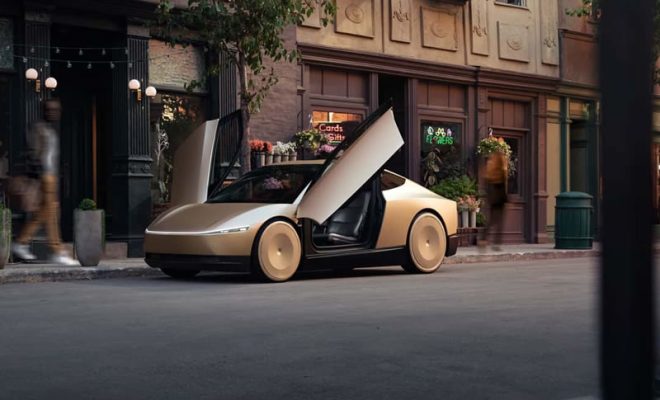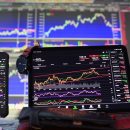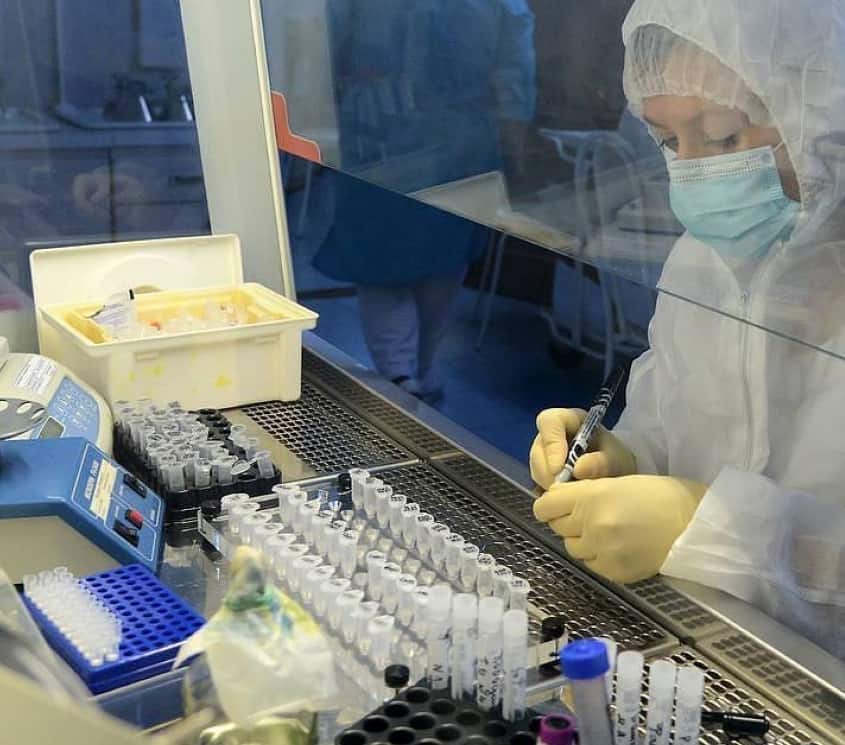Tesla Robotaxi: Elon Musk Announces Steering Wheel-Free Cybercab at California Event

Tesla Motors CEO and technological visionary Elon Musk used the California “We, Robot” event to reveal that the company had developed a Tesla Cybercab robotaxi with no steering wheel and a 20-passenger Tesla Robovan. The Robotaxi model of Tesla is expected to hit the production line in 2026, Cybercab is affordable and costs $30,000 or less, while its operating cost is twenty cents per mile.
Tesla Robotaxi Revolution: Cybercab’s Autonomous Design
The all-new Tesla Cybercab robotaxi is a brilliant leap in self-driving cars, eradicating typical automobile features such as wheels for steering and pedals for acceleration. This creative strategy comes with regulatory hurdles before the robotaxis produced by Elon Musk and Tesla can hit the road. The design of an autonomous vehicle indicates Tesla’s transformation into what Musk terms an AI robotics company from what it was – a company manufacturing electric vehicles.
Tesla’s Cybercab robotaxi is a pricing strategy that seeks to make ownership of autonomous vehicles affordable to everyone. Musk underlined that while conventional vehicles spend most of their time parked, electric cars could drive five or even 10 times more given that Tesla’s cars are autonomous. Such an impact of the Tesla robotaxis could revolutionize personal transport and redefine the approach towards transport in cities.
Tesla Robovan: Self-organizing Mass Transport Innovation
To everyone’s surprise, Elon Musk also introduced the Tesla Robovan, a self-driving car for passengers that can carry up to 20 people or freight. This Tesla self-driving car is unique and has wheel interiors, which gives a floating look to the car. The Tesla Robovan addresses several high-density transport issues; Musk envisages running costs at between 5 and 10 cents per mile for efficient multiple occupancy.
The Tesla Robovan represents a new move for Tesla that moves from creating solely personal EVs to constructing delivery vehicles and self-driving cars. Like the Cybercab, the Robovan has no steering wheel to emphasize Tesla’s full autonomy plans even further. This move by Tesla and Musk is very risky and shows the confidence that the duo has in self-driving technology after they have delayed the complete implementation of the same.
Tesla’s Autonomous Journey: From Autopilot to Robotaxi
Tesla has been guided by the vision and development of Elon Musk. Since 2019 when Musk was claiming that Tesla robotaxis were to be in operation in 2020, the time frame has changed. Even though Tesla has released multiple features of auto-pilot such as Tesla Autopilot and Full Self-Driving (FSD), the true, full autonomy is yet to be realized by the car manufacturer.
Also Read | Google Enhances Search Engine with AI-Powered Video and Image Search
However, Tesla does not deny the development of autonomous vehicles even with the various problems faced in the past. The firm’s approach to developing new autonomous cars such as Cybercab Robotaxi and the Robovan rather than retrofitting Tesla models makes it strategic. So Tesla and Musk’s approach enables more concise and efficient means of autonomous design and operation, perhaps even moving closer towards reaching actual self-driving. However, it is important to consider that the operation of such Tesla autonomous vehicles will largely depend on technology and sanctions.



